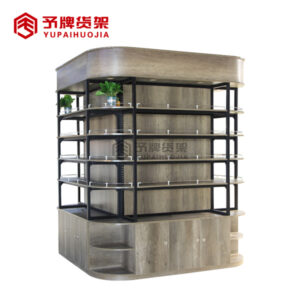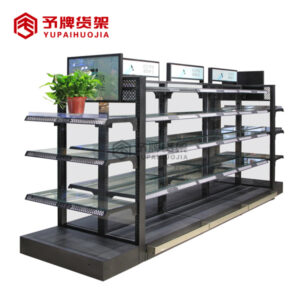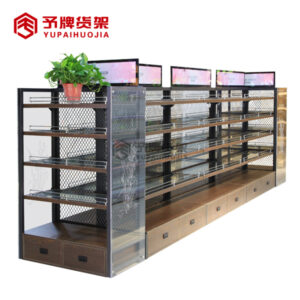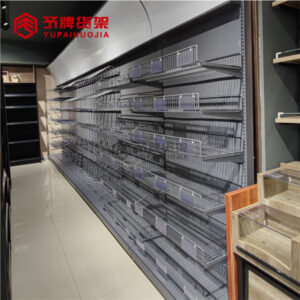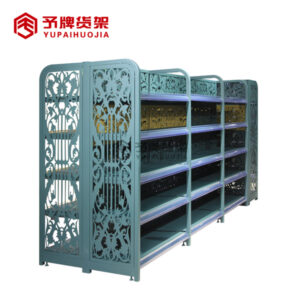étagères empilables de supermarché: they’re an integral part of every supermarket, and not just for holding your favorite cereal boxes. They provide a space for you to store your supplies, but in order to maximize the space on a shelf, it’s important to know what goes where. Achieving this might take some trial and error at first, but once you get the hang of the basics, you’ll be stacking shelves like a pro.
Types of supermarket containers
There are four main types of supermarket containers: plastic crates, cardboard boxes, wire baskets, and shelving units.
Plastic crates are the most popular type of container used by supermarkets. They are lightweight, durable, and easy to clean. Cardboard boxes are also popular because they are lightweight and easy to store. However, they are not as durable as plastic crates and can be more difficult to clean.
Wire baskets are another option for supermarket stacking shelves. They are strong and durable, but can be more difficult to clean than other types of containers. Shelving units are the most expensive option, but they offer the best stability and support for heavy items.
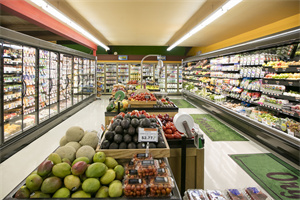
The relationship between supermarket stacking shelves and shoppers
It is often said that the key to successful supermarket stocking shelves is all about finding the right balance between customer demand and product availability. In other words, if there is too much product on the supermarket stacking shelves, shoppers will become frustrated and may even leave the store without purchasing anything. On the other hand, if there is not enough product on the shelves, shoppers will also become frustrated and may go to another store to find what they are looking for.
The perfect balance between customer demand and product availability is different for every store and can change on a daily basis. That’s why it’s so important for supermarket employees to be constantly monitoring both factors in order to make sure that the shelves are always stocked in an optimal way.
There are a few things that supermarket employees can do to ensure that they are always striking the right balance between customer demand and product availability. First of all, they need to have a good understanding of what products are popular with shoppers and how much of those products shoppers typically purchase. They also need to be aware of any upcoming sales or promotions that might impact customer demand. Finally, they need to be able to quickly adjust the amount of product on the shelves based on changes in customer demand.
By following these tips, supermarket employees can help ensure that their shelves are always stocked in a way that meets shopper needs.
-
 Présentoir de papeterie en acier à vendre
Présentoir de papeterie en acier à vendre -
 Étagères de supermarché à vendre à dubaï
Étagères de supermarché à vendre à dubaï -
 Affichage d'épicerie de pharmacie à vendre
Affichage d'épicerie de pharmacie à vendre -
 Présentoirs cosmétiques pour magasin
Présentoirs cosmétiques pour magasin -
 Vente en gros présentoir cosmétique
Vente en gros présentoir cosmétique -
 Fournisseur d'étagères cosmétiques de supermarché
Fournisseur d'étagères cosmétiques de supermarché -
 étagères de magasin d'ustensiles de cuisine à vendre
étagères de magasin d'ustensiles de cuisine à vendre -
 Étagère moderne en acier réglable Étagères en acier Étagère d'épicerie Mini magasin
Étagère moderne en acier réglable Étagères en acier Étagère d'épicerie Mini magasin -
 Présentoir de magasin de détail à 4 postes présentoir d'article d'épicerie gondole d'étagère de supermarché
Présentoir de magasin de détail à 4 postes présentoir d'article d'épicerie gondole d'étagère de supermarché
The importance of shelf-edge labels
Shelf-edge labels are one of the most important tools that supermarkets use to communicate with their customers. They provide customers with essential information about the products on the shelves, such as price, promotions, and product features.
Labels also play an important role in maintaining a neat and orderly appearance on the shelves. By clearly identifying each product, shelf-edge labels help to prevent items from being misplaced or lost in the shuffle.
In addition to their practical applications, shelf-edge labels can also be used as a tool for marketing and branding. Supermarkets often use eye-catching colors and designs to make their labels stand out from the rest. This helps to create a visual identity for each store that customers can easily recognize and remember.
With so many important functions, it’s no wonder that shelf-edge labels are such an integral part of successful supermarket stacking!
What are the most common mistakes made by supermarket stacking shelves?
The most common mistake made by supermarket stacking shelves is not following the planogram. The planogram is a guide that tells you which products go where on the supermarket stacking shelves. If you don’t follow the planogram, the shelves will look messy and cluttered, and customers will have a hard time finding what they’re looking for.
Another common mistake is not taking into account the weight of the products. Heavy products should be placed on lower supermarket stacking shelves, so that they don’t fall and injure someone.
Another mistake is not paying attention to expiration dates. Expired products should be removed from the shelves immediately, as they can cause food poisoning.
Finally, supermarket stacking shelves too high or too low can also be a mistake. supermarket stacking shelves should be stocked at eye level, so that customers can easily see and reach the products they need.


